Discover the timeless elegance and unparalleled craftsmanship of Shirasaya, a traditional Japanese sword design that embodies simplicity and sophistication. Our collection features meticulously handcrafted blades housed in sleek, minimalist wooden scabbards and hilts, perfect for both display and practical use. Each Shirasaya sword is a testament to the artistry and skill of master swordsmiths, offering a piece of history that you can own and cherish. Whether you're a seasoned collector or a budding enthusiast, our Shirasaya swords are designed to captivate and inspire, making them an irresistible addition to your collection.
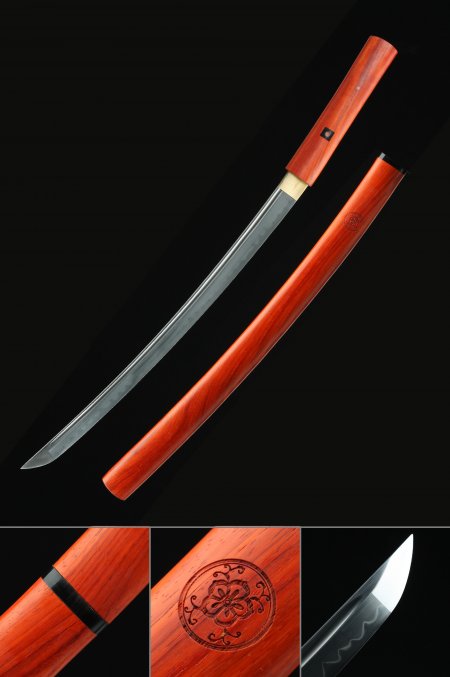
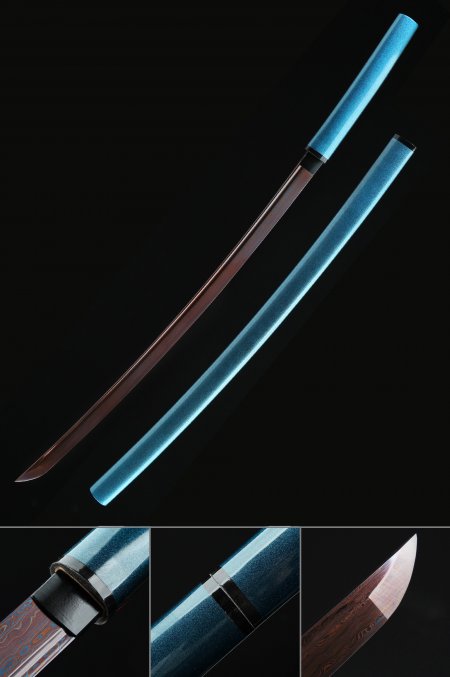
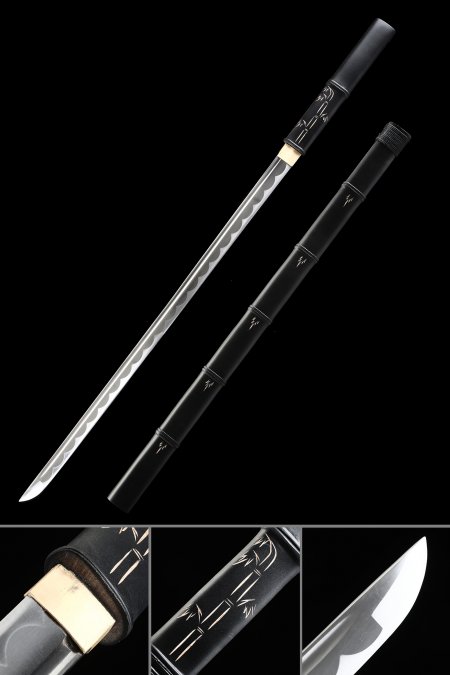
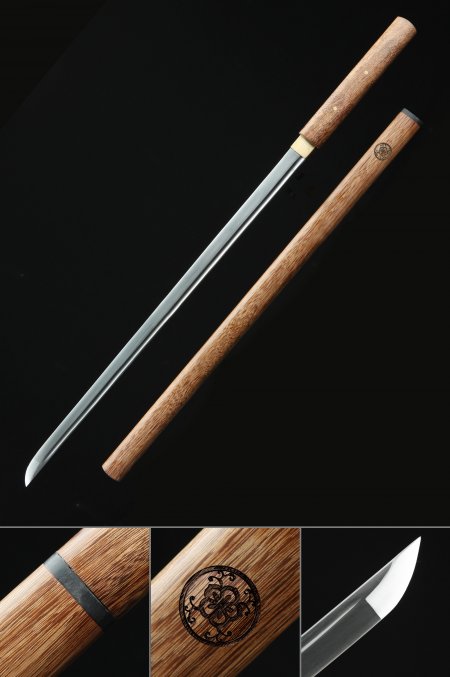
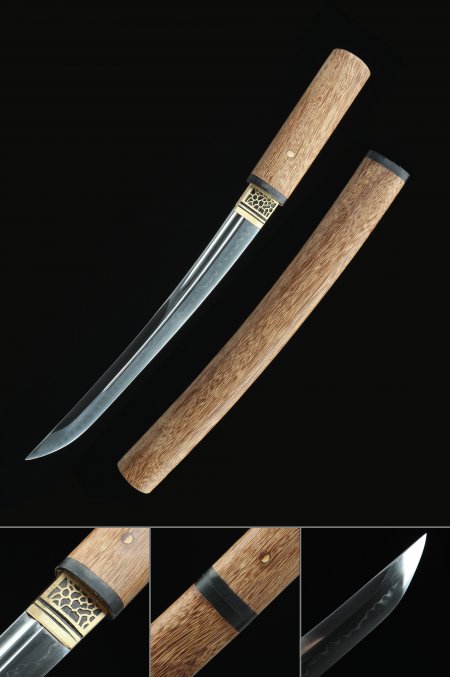
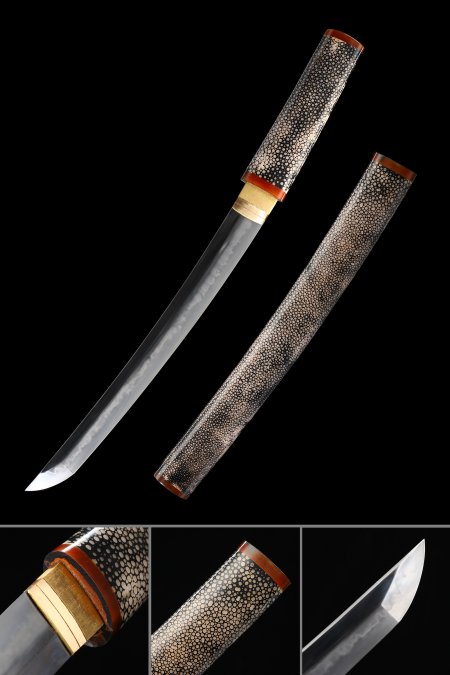
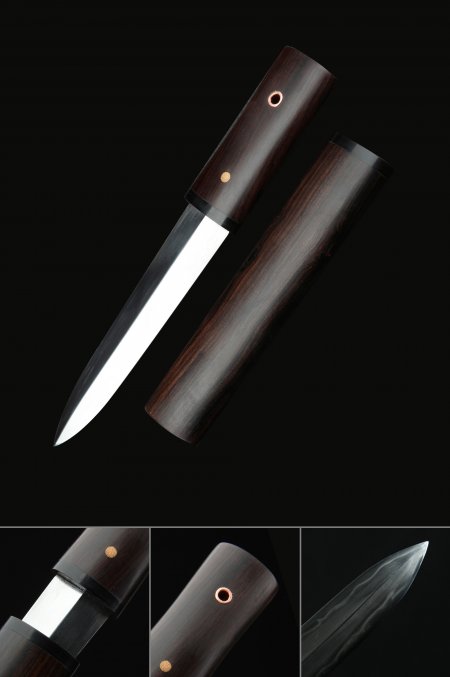
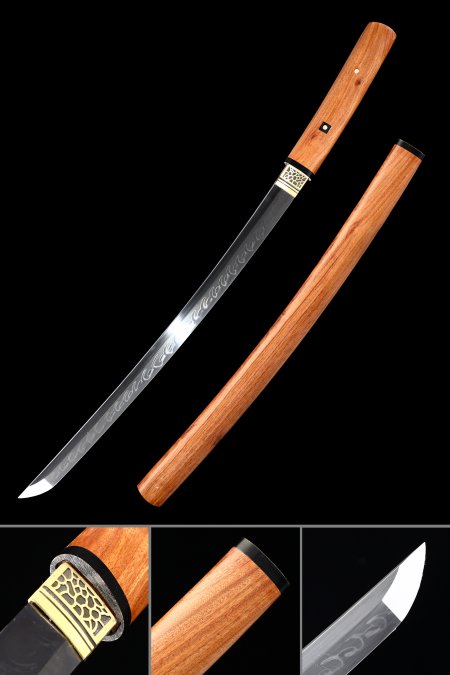

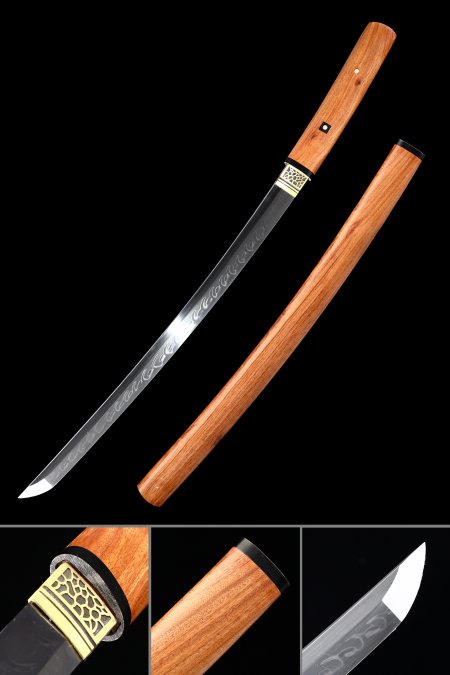
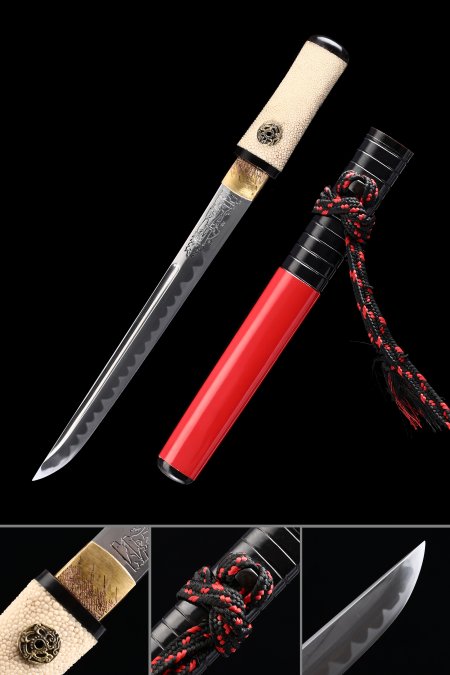
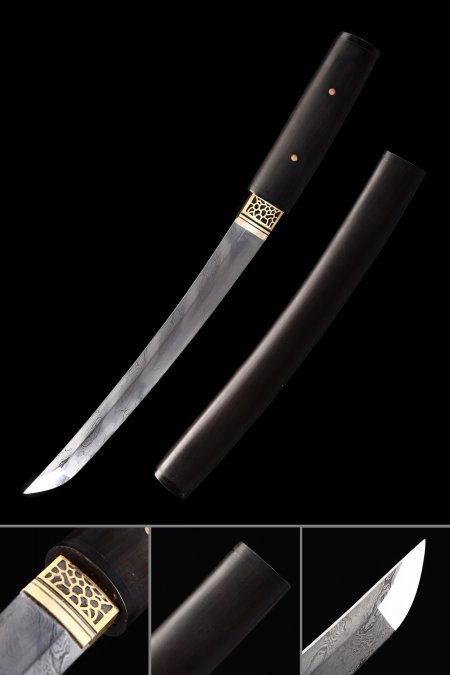
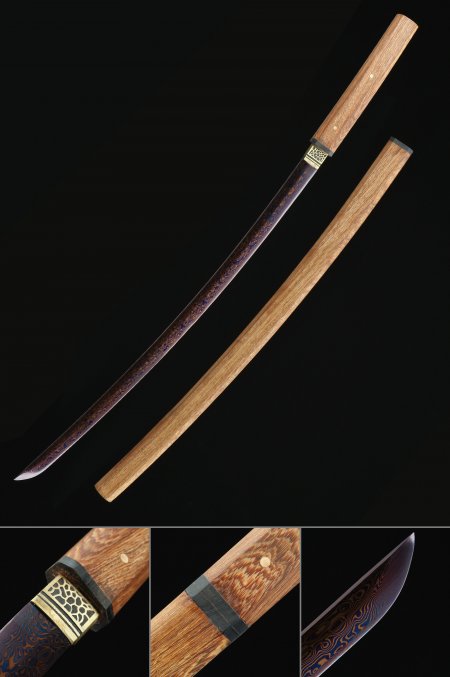
The wooden sheath & handle of high quality. The blade is also of high quality. I love it.
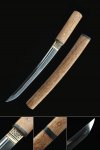 |
Handmade Shirasaya Tanto Sword T10 Carbon Steel Real Hamon |
I’m excited about my shirasaya tanto! It is small enough to go with me, discreet enough to go unnoticed, and sharp enough to matter. Well done! The safety warning card was good for a load of laughs.
 |
Handmade Shirasaya Tanto Sword T10 Carbon Steel Real Hamon |
I have several swords in my collection from your company, I am very impressed
 |
Handmade Shirasaya Tanto Sword T10 Carbon Steel Real Hamon |
This sword is beautifully made. It is nicely balanced and fully functional, with a sharp blade edge and a secure fit in the wooden scabbard. Kudos and thanks to the swordsmith for a job well done.
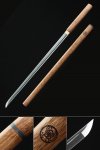 |
Handmade Japanese Shikomizue Sword Full Tang |
Decent quality but it would be nice to know that it shipped from china and takes 6-8 weeks to arrive and is only shipped in styrofoam and tape.
 |
Handmade Japanese Shikomizue Sword Full Tang |
Thank you awesome company fast shipping will buy again.
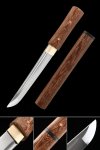 |
Handmade Japanese Aikuchi Tanto Sword 1045 Carbon Steel |
I was very pleased with my sword just as advertised. Thanks, Truekatana...
 |
Handmade Japanese Shikomizue Sword Full Tang |
I’m very happy with the quality of this, very beautiful and strong example.
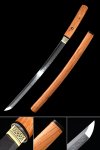 |
Handmade Japanese Shirasaya Katana Sword Damascus Steel Without Tsuba |
The sword is great i have not even taken the wrap off the blade yet
 |
Handmade Japanese Shikomizue Sword Full Tang |
i have never used truekatana before and i am quite satisfied with 2 tanto purchases i made from there. first off, was packed well and was protected coming to this country. the shirasaya tanto is beautiful and is very sharp-cant wait to test cut with it. As a true gamble i ordered a higher end more ornamental tanto and was in disbelief as i saw that the blade is probably the sharpest of any blade i have. I cant wait to test. i have no doubt both tantos are properly pegged, functional, and will perform! if i have one complaint its that everything should come with its respective swordbag. I will order from truekatana again for sure.
 |
Handmade Japanese Aikuchi Tanto Sword 1045 Carbon Steel |
The tanto was beautiful exotic wood grain looks and feels great was a little loose in the scabard but used the old samurai wax trick and now it's good I'm not sure what the wood is maybe tiger wood but is super attractive and with a couple of coats of oil it is amazing blade is razor sharp I've already ordered some other pieces from true katana as there selection and unique designs are very cool and the pricing is good something for everyone at different price points I'm glad I stumbled onto true katana as for shipping this item took about a week
 |
Handmade Japanese Aikuchi Tanto Sword 1045 Carbon Steel |
They are Christmas gifts and are not open yet so I cannot rate the katana. I did enjoy the fast shipping.
 |
Handmade Shirasaya Tanto Sword T10 Carbon Steel Real Hamon |
After looking at several reviews before receiving my swords I was pleasantly pleased with both. Thank you for making such a fine product that will last for years to come.
 |
Handmade Japanese Shikomizue Sword Full Tang |
The sword is very nice & was packaged quite well. I like the weight & the blade is sharp.r
The only thing I seen was a hole in the bottom of the tsuka (hilt).r
I am looking forward to cutting with it in the spring.
 |
Handmade Japanese Shikomizue Sword Full Tang |
Love the tanto, it is well made and looks great. It is not super razor sharp, but it definitely is sharp, which is great. Well packed and shipped and in good time, and with the discount was a good price. Thank you!
 |
Handmade Shirasaya Tanto Sword T10 Carbon Steel Real Hamon |
Sword came earlier than expected. Razor sharp, and it was as advertised. The only knock I can give it is that it was slightly bent toward the top.
 |
Handmade Japanese Shikomizue Sword Full Tang |
Beautiful Katana and the craftsmanship is stupendous! I am really enjoying my gift!
 |
Handmade Shirasaya Tanto Sword T10 Carbon Steel Real Hamon |
The sword is a great addition to the start of my collection.
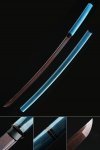 |
Handmade Shirasaya Katana Damascus Steel With Red Blade Without Tsuba |
Great Sword just as described and shipping was fast
 |
Handmade Japanese Shikomizue Sword, Bamboo Style Chokuto Without Tsuba |
I Love It The Handling Is Great And It Looks Awesome. r
Will Definitely Be Ordering Again
 |
Handmade Shirasaya Katana Damascus Steel With Red Blade Without Tsuba |